Ducati Diavel vs Triumph Rocket III - head to head
Each week, we take a look at a pair of classic battlers. Bikes which have defined their class, and often sat at the top. But which is best? There’s only one way to find out…
This week, we’re onto the two-wheeled equivalent of a hard rock power ballad – yes, it’s the Power Cruisers! Ducati’s superbike-engined Diavel versus the enormous Triumph Rocket III. Let the tyre smoking begin!

BACK IN the 1980s when I started riding bikes, the full bore ‘Power Cruiser’ was pretty much a class of one – Yamaha’s V-Max 1200. A ‘hot-rod’ styled machine, with more power than its chassis could comfortable handle, it was designed for the type of person who thinks a 1980s Corvette is a classy supercar. Hilarious to ride, the VMX1200, plus its FZX750 Fazer sibling – and niche nonsense like Kawasaki’s GPZ1000RX-powered Eliminator were pretty much it. Anything else designed to look like a cruiser – essentially Harley-Davidsons – had shockingly low performance.
And that’s where it could have stayed. But in the late 1990s and early 2000s, mad stuff started to happen. First, Honda came up with the Valkyrie, or F6C – a cruiser version of the wild GL1500 Gold Wing. Then – shock! Harley launched a bike with a proper engine – the V-Rod, with its Porsche-designed, 115bhp 1,131cc water-cooled motor.

But it was in 2004 that things got properly daft, when Triumph unveiled its Rocket III. A barely-believable 2.3 litre triple engine, arranged longitudinally in a behemoth frame with shaft drive, the torque of a Transit van, and, amazingly, really good chassis performance (considering). The Rocket III was a massive statement from Hinckley, and while it didn’t fulfil its primary job of conquering the US, it earned massive critical kudos, while becoming a cult machine, with thousands of dedicated fans worldwide.
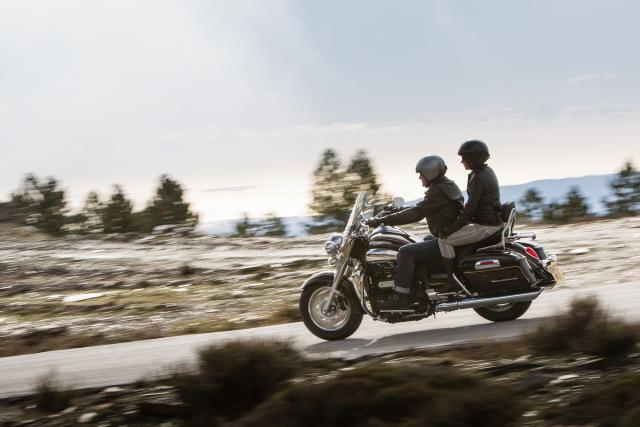
It looked incredible, and while the kerb mass of 362kg is a bit on the scary side, Triumph’s award-winning chassis engineers made a superb job of making it handle. Gigantic USD forks and a pair of beefy rear shocks kept it all in check, and although the tyres were daft cruiser sizes, they had ample grip. You wouldn’t want to try and keep up with a CBR600RR round Brands Indy on one – but on a flowing back road, a novice on a 600 would struggle to keep up with a good rider on a Rocket.
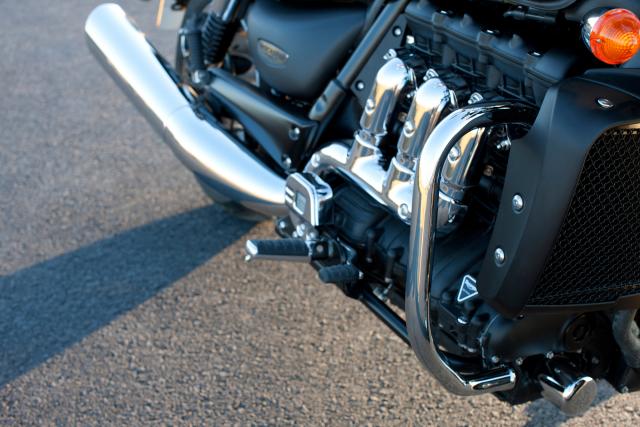
It’s the engine which defines the Rocket though – obviously. It might sound like a bad joke, but the 2,294cc motor had stunning performance. Massively undertuned at about 150bhp, it’s monstrously torquey, and there’s just giant waves of grunt everywhere. Finally, a five-speed box and shaft drive puts all those torques to the 240-section rear hoop. Insane.
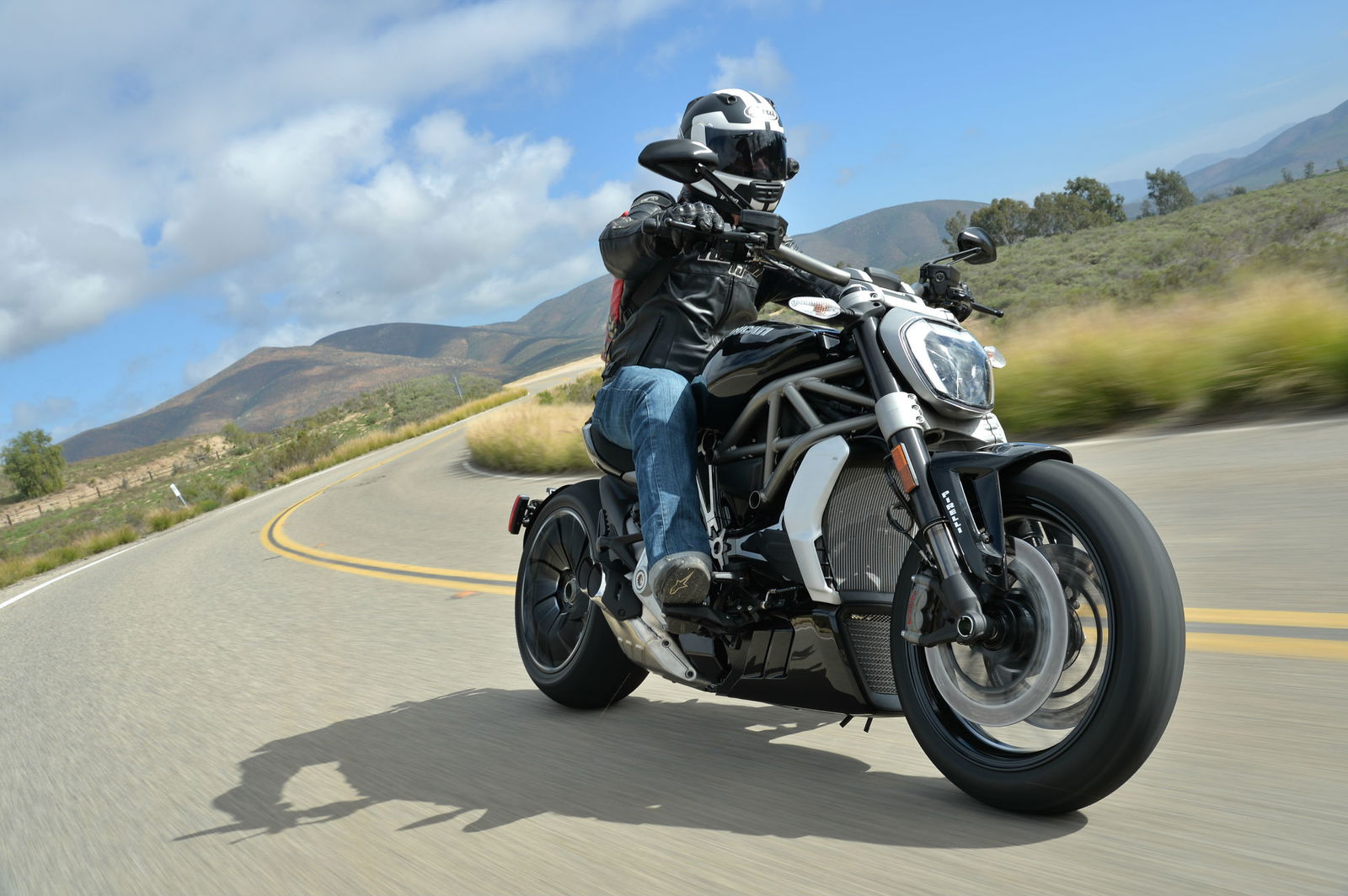
Ducati’s 2011 Diavel was arguably even more audacious. A low, stretched-out cruiser, based around the firm’s 1198 Panigale V-twin superbike engine? Are you insane? How could a lightly-modded engine from the bike which wins world superbike races all the time be made into a cruiser?
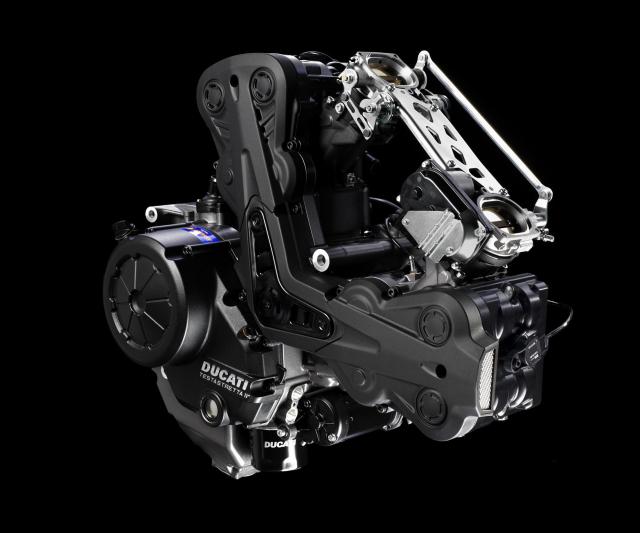
But there was a sign here. A sign that things were getting genuinely cray-cray in this sector. Because Ducati didn’t do what some firms might have done – cut 80bhp off the output, add crappy chromed forks and lame brakes then work on a big line of tassled clothing to go with it. No – they did cut the power, a bit, to, err *162bhp* (yes, that’s right…) Then they made a new single-sided aluminium swingarm, fitted top-end suspension and bolted on some superbike-spec Brembo stoppers. Rounded off with a top-end electronic rider aids package, the thing hit 170mph, weighed a commendable 230-ish kg, and instantly made everything else in the class look a bit ‘meh’. Like the Valkyrie, V-Rod and Rocket before it, the chassis was well up to hustling around a back road, but the engine and running gear took it all to another level.
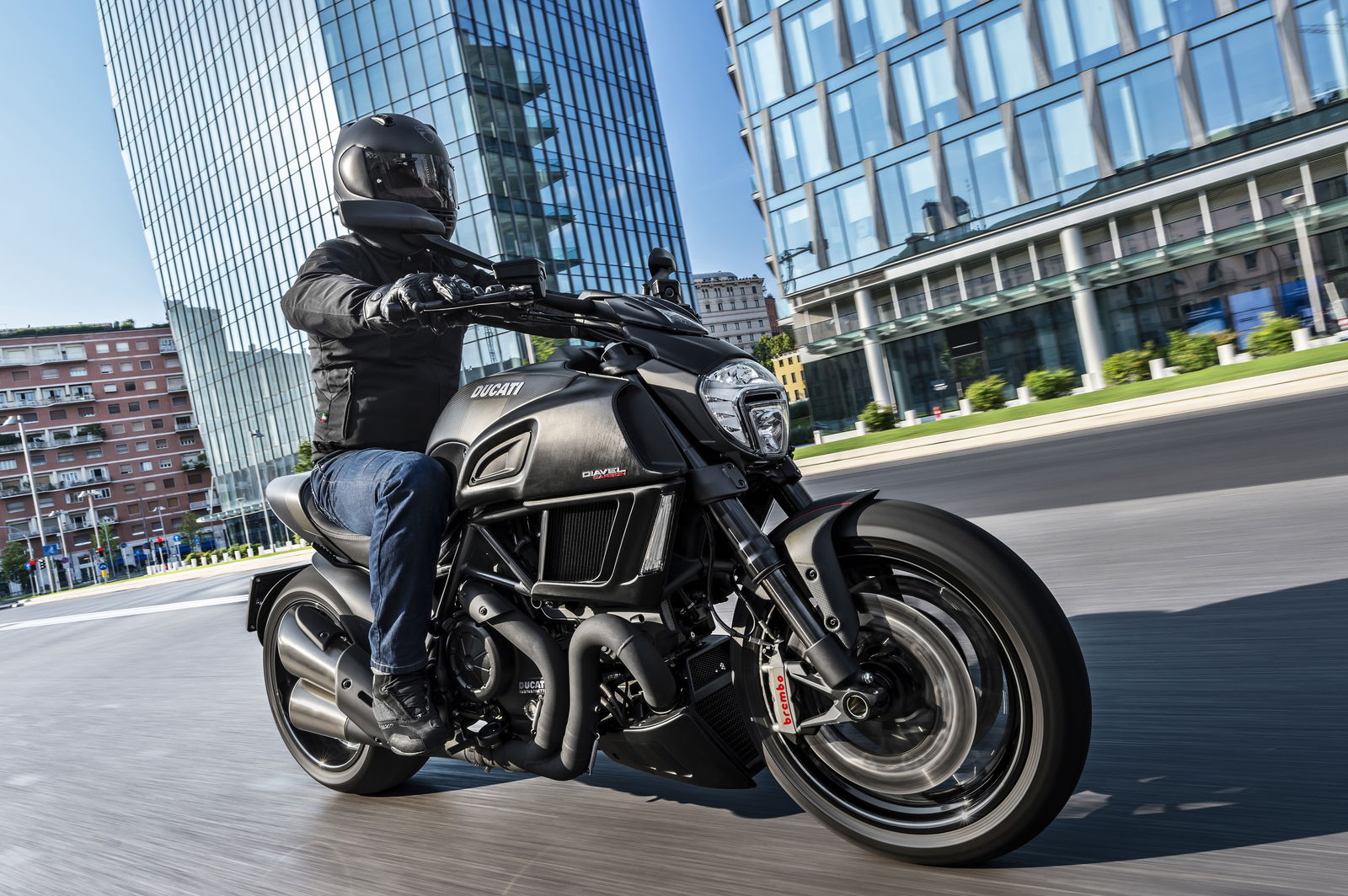
We’ve had a second generation of the Rocket and the Diavel – though the Triumph Rocket III Roadster update in 2010 was little more than different, more rearset, footpegs, and a torquier engine tune. The facelifted Diavel appeared in 2015, with a new dual-spark engine, and some bodywork tweaks. But it’s the third generations we’re really looking forward to. Ducati’s released a 1260 version for 2019, bolting in the mental 1,262cc engine first seen in last year’s Multistrada 1260. There’s no more power – it stays around 160 bhp – but the extra capacity and the DVT Ducati variable valve timing setup gives mountains more of torque – up to 95 ft lb at just 7,500rpm. It shakes the earth in the Multistrada, so it will be totally audacious in the low-slung Diavel chassis, and could be in with a shout of being the fastest-accelerating standard production bike.
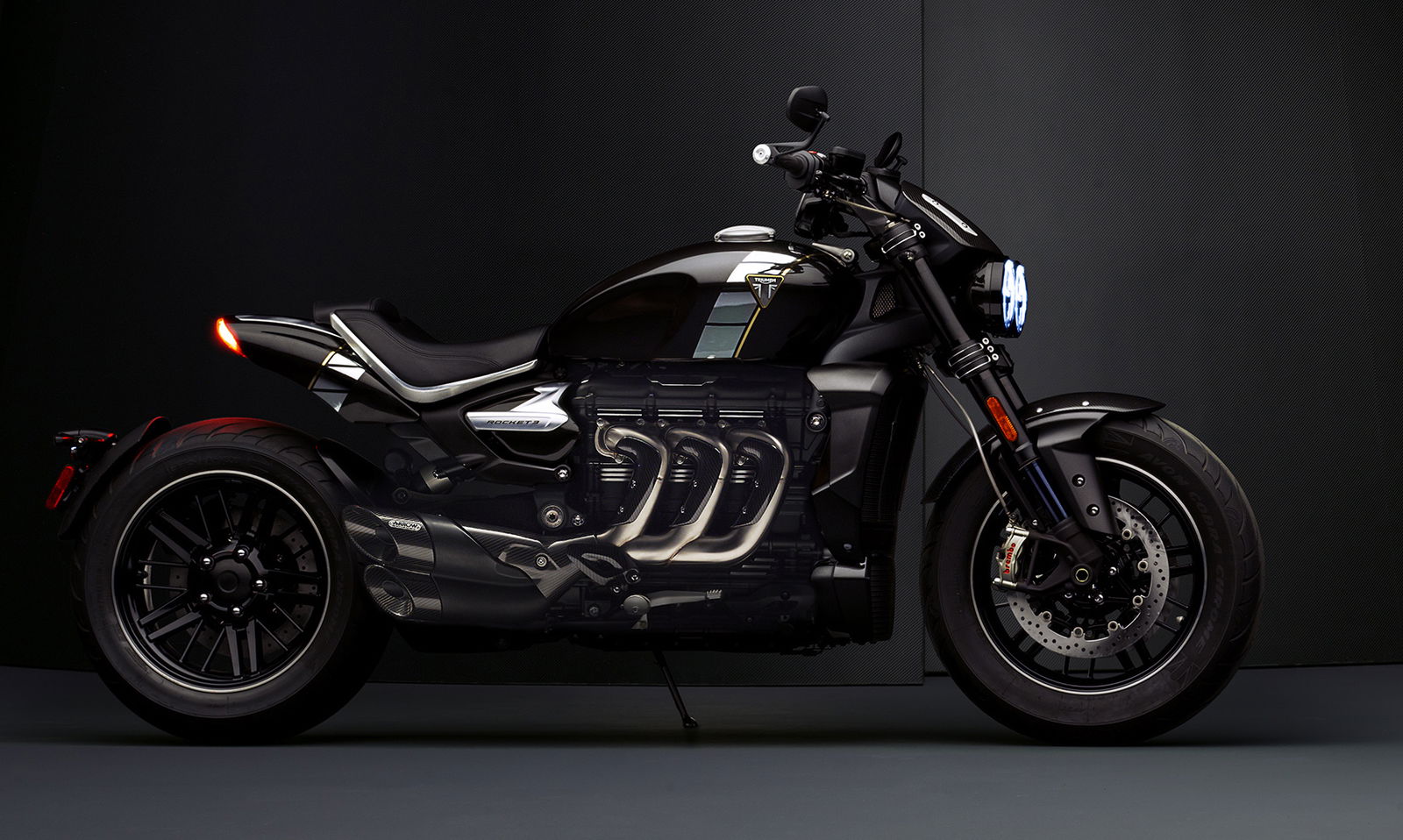
The third generation Rocket III will move the earth even more. We’ve only seen it in teaser form from Triumph so far, so we don’t know the exact specs yet. But insiders speak of 180bhp+, there’s a new single-sided monoshock swingarm, and the suspension, brakes and electronic aids are all straight out of the top drawer too. It’s sticking with the 2.3 litre engine, so it won’t be able to shift too much timber sadly. But if Triumph could knock a few tens of kilos off it, while bumping up the performance, and adding loads of hot new tech, it will surely be a total, total weapon, and could re-define the Power Cruiser format once again…
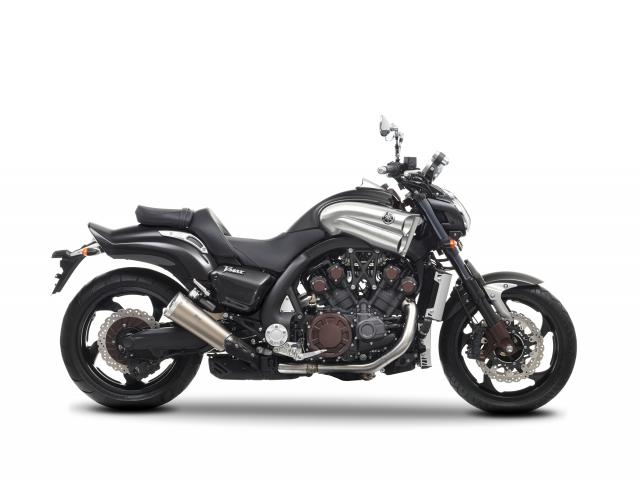
• As a final ‘wishlist’ note – there’s another third generation power cruiser we’d love to see – the Yamaha V-Max. The second generation V-four powered VMAX 1700 appeared in 2008, just in time for the financial crisis. Yamaha put an unfathomable price tag on the thing (over £21k), and hardly anyone bought it. That was a shame – it had an astonishing 1,679cc 197bhp V-four engine, ride-by-wire engine management and a high-spec chassis, including sweet six-piston front brake calipers. It was fat, fat, fat, at 315kg wet, but like the Rocket, went well. Yamaha’s gone all quiet on the 'Max in recent years – they stopped selling it here when it failed Euro4 emissions testing in 2016. But like Kevin Keegan we would love it - absolutely love it - if Yamaha built a a new ‘un to liven this class right up…
.png?width=1600)
